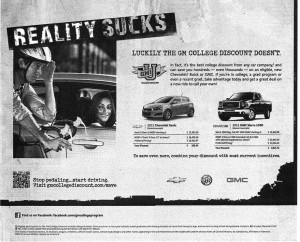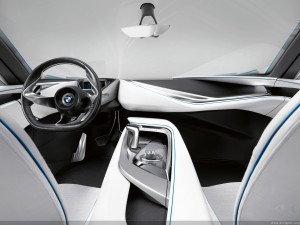A fellow class-mate of min e, Jae Min Kim wondered about the possibilities of apples future, without the all star Steve jobs here to share off his innovative ideas. Because of this, it is hard to determine how apple will operate, considering that their main innovator has passed away at the age of 56.
e, Jae Min Kim wondered about the possibilities of apples future, without the all star Steve jobs here to share off his innovative ideas. Because of this, it is hard to determine how apple will operate, considering that their main innovator has passed away at the age of 56.
In my opinion, in the short-term, the strong costumer loyalty that Steve Jobs “built” will help Apple continue to lead in the market through their current sales, especially with the new release of the I-phone S4 etc.
On the contrary, I do not have much confidence, in the long-term scale of Apple’s future. The success of this business was solely dependant (and I say this boldly) due to Steve Job’s amazing creation and ideas. As he is no longer with us, he can no longer provide “guidance” or “direction” for this company through the use of his creations: creating detrimental effects. Similar effects occurred when Apple fired Steve Jobs during the early years: The moment he left the office, Apple started to fall in the market as stocks started to drop.
That being said, Apple will have a lot of competition as other rivals are now starting to catch up; hence, the following years for Apple, will be rather interesting in regards to whether they will continue to prosper and invent new creations, or perhaps experience a downfall.





